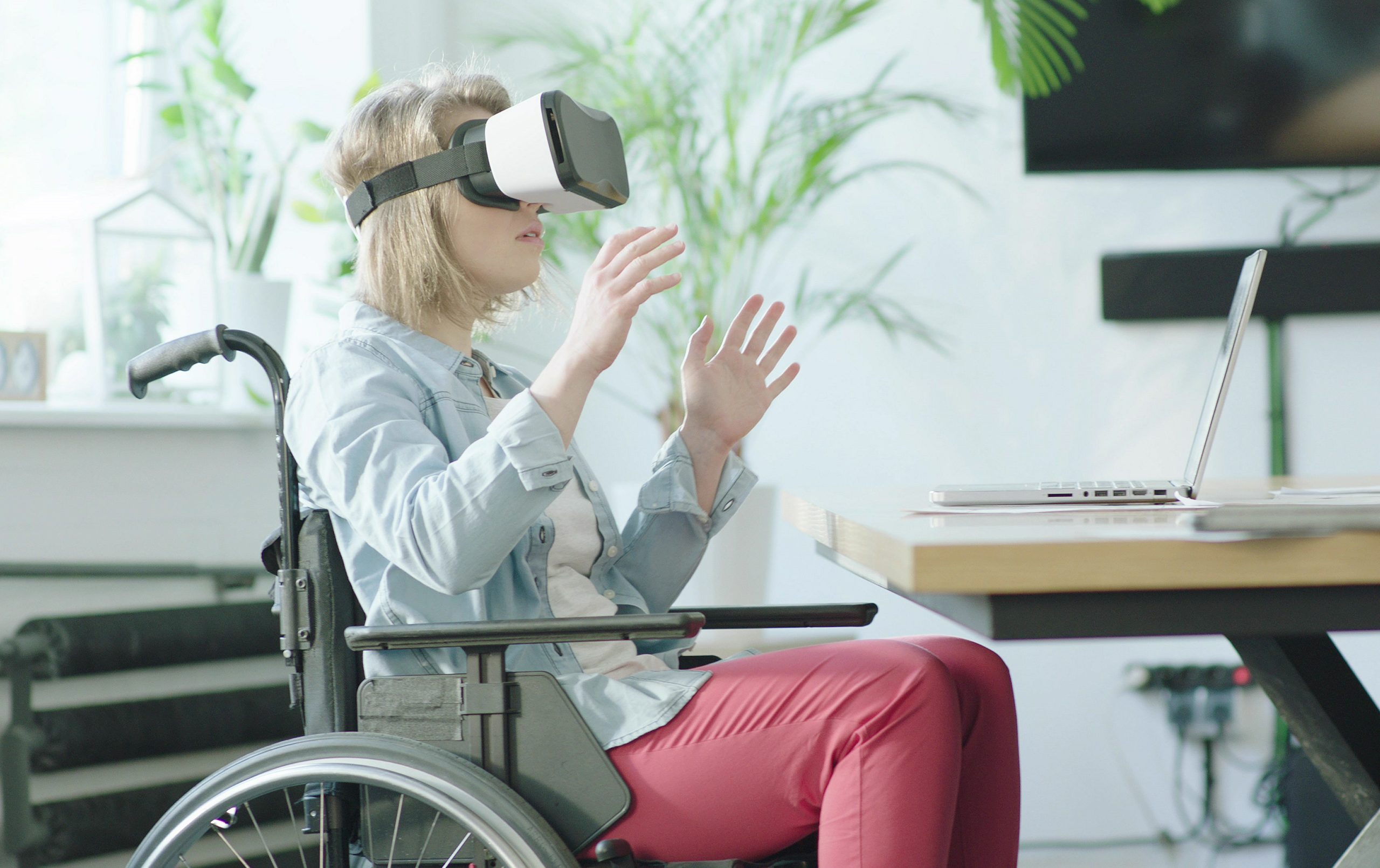Non-Pharmaceutical Pain Management Alternatives That Work
The causes of an injured worker’s pain can run far deeper than just the physical experience, opening up a plethora of treatment options. In honor of Pain Awareness Month, we’re spotlighting pain management innovations that are paving the way as alternatives to pharmaceuticals.
September 27, 2021

Many of us have preconceived ideas about pain—what it is and how it should be treated. Until very recently, these misconceptions have led us to think of pain as purely a physical experience and that people in pain are powerless and often at the mercy of drugs or other medical procedures. Pain management alternatives can provide teachable skills that injured workers can use to assuage their pain. However, it’s critical to remember that each patient’s engagement in any course of treatment is still vital to their chronic pain management.
“If the injured worker is not engaged in their treatment, they can be self-sabotaging their potential recovery,” said Rita DeRuntz, Senior Medical Manager at Safety National. “They need to acknowledge, understand and accept the inability to cope, be willing to take responsibility for the response and do the tough work.”
These pain management alternatives are expanding the available treatment options for injured workers on their path to recovery.
1. Cognitive Behavioral Therapy (CBT)
Cognitive behavioral therapy (CBT) provides psychological treatment for chronic pain, altering the brain’s chemistry through sessions with a licensed specialist. It can identify key drivers of pain, digging into the individual’s past trauma and developing coping skills. Often patients can develop autonomy in their recovery through active engagement in this type of treatment. Many experts have noted success when CBT is employed as a first line treatment in chronic back pain patients. Additional treatments to CBT, including mindfulness training, acceptance and commitment therapy, can help patients self-soothe, avoiding a passive mindset about their pain.
2. Functional Restoration Programs (FRP)
Functional restoration programs are helpful for individuals with a long history of opioid use. FRPs start with a rapid detox and then work through the necessary psychotherapy and physical therapy to learn coping skills and move under the direction of providers that can help an injured worker through pain flares. This type of program provides a relatively inexpensive option compared to the cost of potentially unnecessary surgeries and is extremely beneficial when used in early intervention.
3. Virtual Reality (VR)
The newest option making strides an an alternative to pharmaceuticals is the use of virtual reality, which offers a truly on-demand and accessible experience for chronic pain management. It provides an immersive experience through a headset where patients engage in daily educational treatment sessions. This treatment, which now has decades of research backing its effectiveness as an analgesic, can help with severe pain, even if patients rated their pain a seven or higher.
4. Prehab
While prehab is a relatively new term, it has shown promise in its effectiveness. Focusing on wellness, relaxation and stress reduction techniques, the idea is to intervene with patients prior to surgery or other treatments and prevent poor outcomes. Patients who have fear avoidance or catastrophic thinking can be taught skills to better deal with their pain and stress later.

























